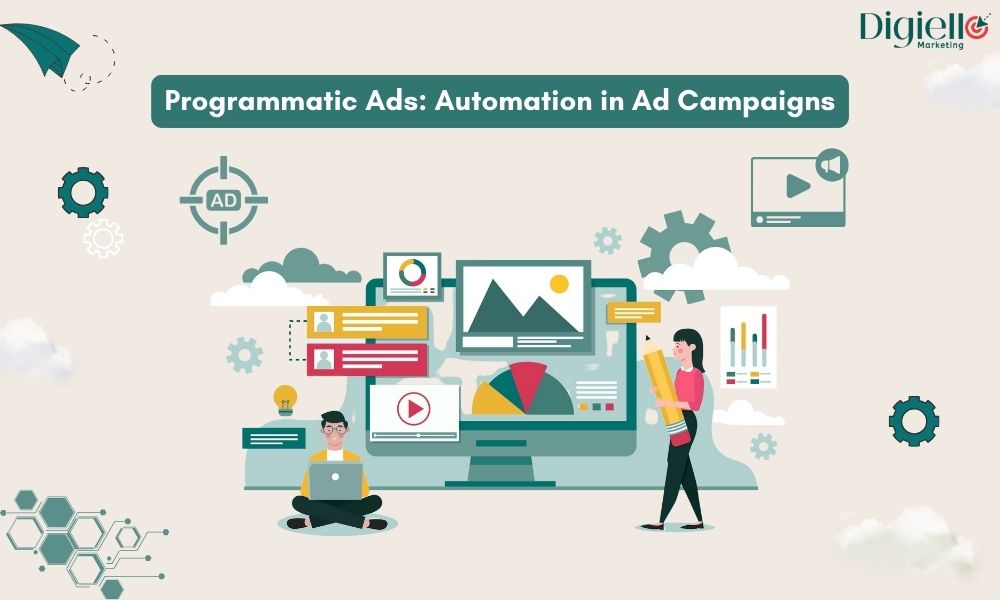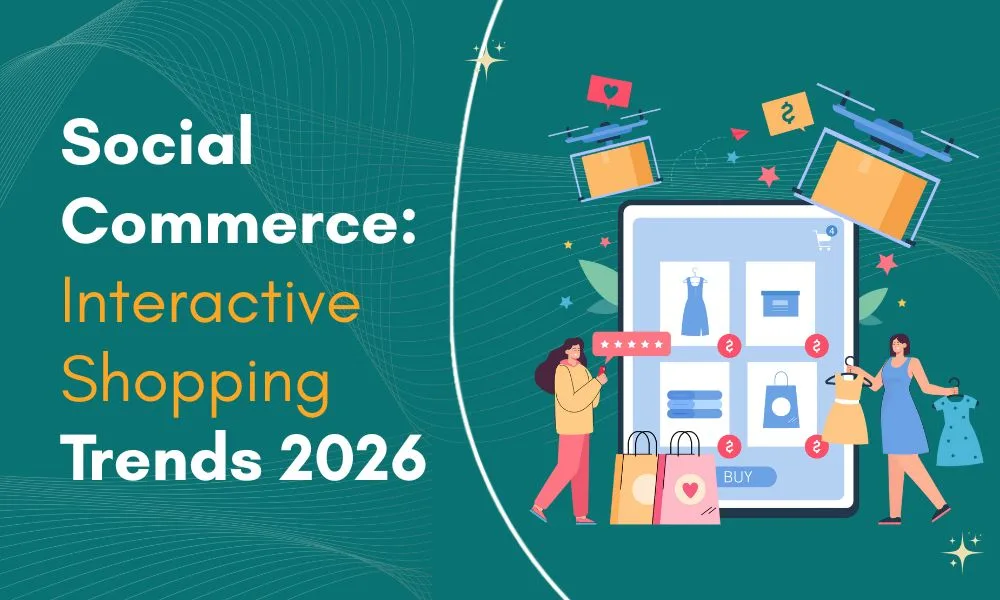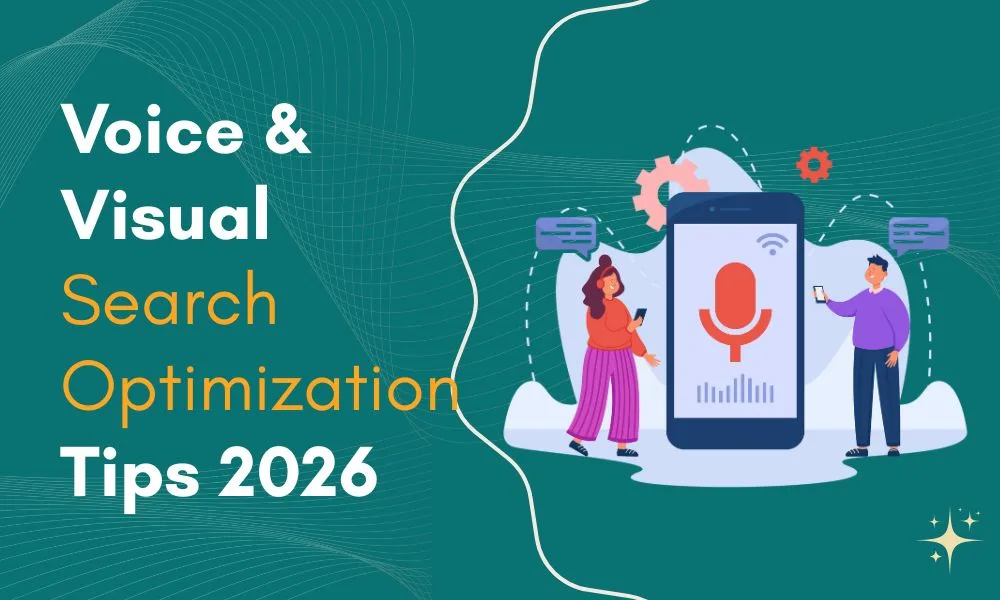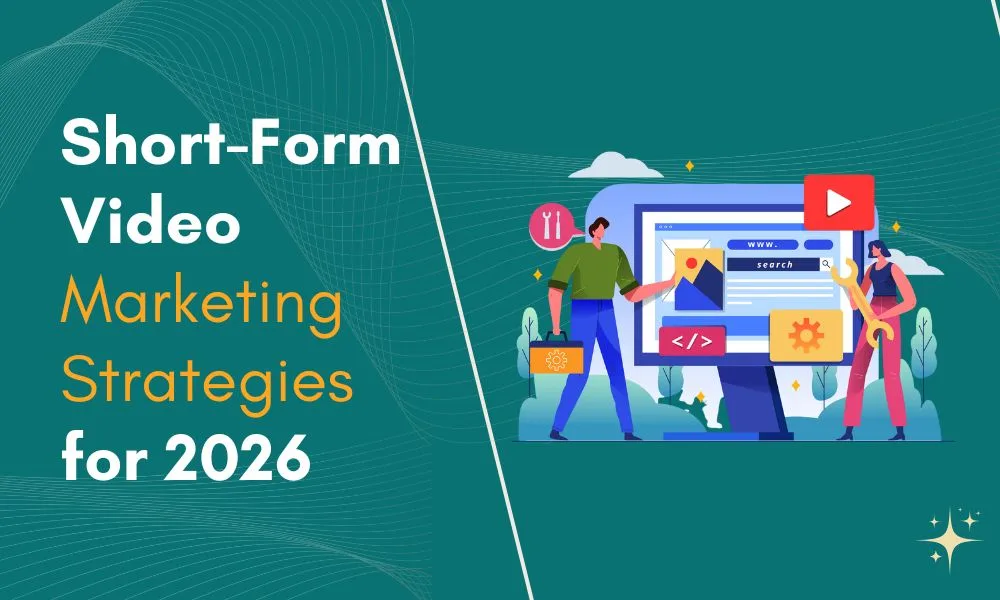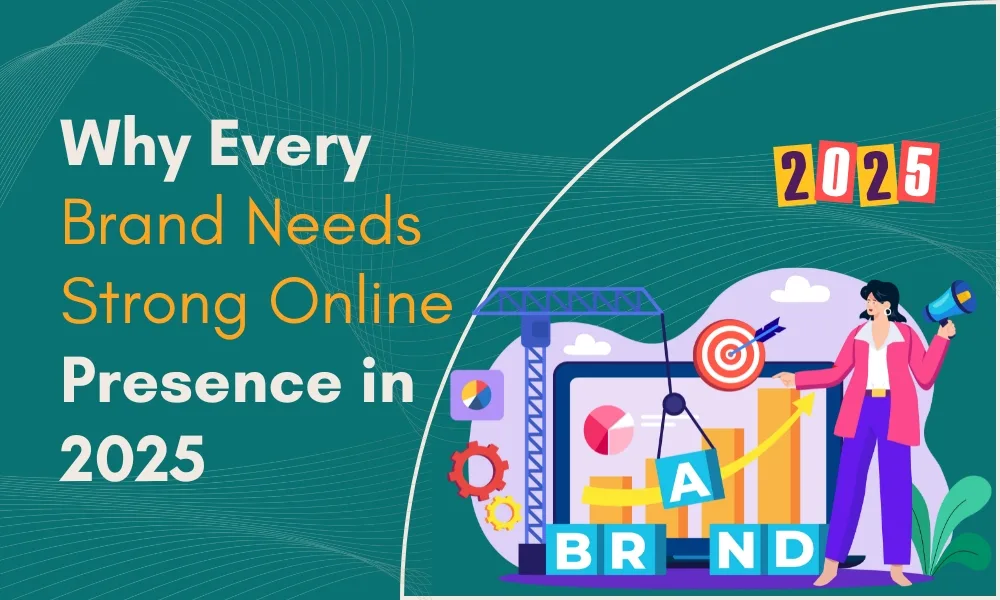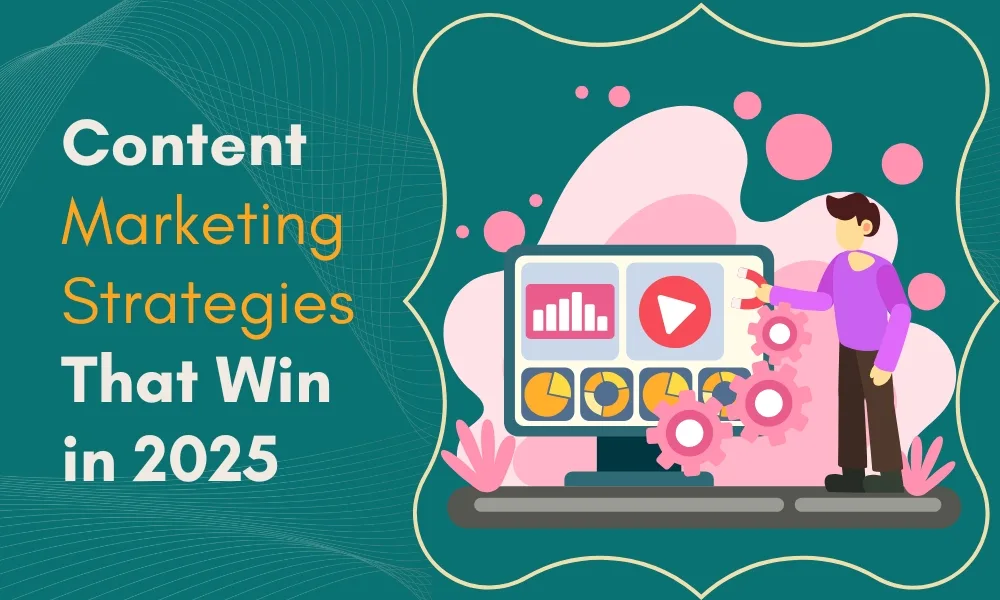In the fast-paced world of digital advertising, marketers are increasingly turning to programmatic ads to streamline and optimize their ad campaigns. The introduction of automation in ad campaigns has transformed how businesses target and engage with consumers, making advertising more efficient, effective, and data-driven. In this blog, we’ll dive deep into the world of programmatic ads, exploring how they use automation to enhance ad performance, reach the right audience, and drive better results.
What are Programmatic Ads?
Programmatic ads refer to the use of software and algorithms to automate the process of buying, placing, and optimizing digital advertisements. Unlike traditional ad buying methods, where human negotiation and manual processes dominate, programmatic advertising relies on automated systems to make real-time decisions about ad placements. This shift toward automation in ad campaigns enables marketers to target specific audiences more accurately and efficiently, reducing the need for manual intervention.
In a typical programmatic ad campaign, advertisers set parameters (such as audience, budget, and goals), and the automated system handles the rest. The system can evaluate vast amounts of data in real-time, optimizing ad placements and bids based on various factors like user behavior, location, time of day, and device type.
How Does Programmatic Advertising Work?
Programmatic advertising uses automation in ad campaigns to simplify and speed up the ad buying process. Here’s how it works:
- Ad Inventory Auction: Programmatic ads are often sold through an auction-based system. When a user visits a website, the ad space on that site becomes available, and the system triggers a real-time auction where advertisers bid on that space.
- Data and Targeting: The automated system uses consumer data to target specific audiences. This data can include browsing history, demographic information, location, and even social media activity. Based on this information, the system can determine which ad will be most effective for that particular user.
- Real-Time Bidding (RTB): RTB is a key component of automation in ad campaigns. It allows advertisers to bid on ad space in real-time, ensuring that they only pay for the best possible placements. The auction takes place in milliseconds, and the winning bid places the ad on the user’s screen.
- Optimization: Once the ad is live, the system continuously monitors its performance and adjusts bids and placements in real-time to maximize the effectiveness of the campaign. This automation in ad campaigns means that marketers can achieve higher ROI without having to manually tweak their ads.
Benefits of Programmatic Ads and Automation in Ad Campaigns
1. Enhanced Efficiency and Time Savings
One of the biggest advantages of programmatic ads is the efficiency it offers. With automation in ad campaigns, the entire process, from ad buying to targeting and optimization, happens automatically, saving time and resources. This means marketers can focus more on strategic decision-making rather than dealing with the logistics of ad placement and bidding.
- Faster Ad Placements: The traditional ad buying process can be time-consuming, but with programmatic ads, advertisers can set up and launch campaigns in a fraction of the time.
- No Manual Intervention: Once a campaign is set up, the system runs on its own, automatically adjusting bids, optimizing targeting, and even shifting budgets to the best-performing ads.
2. Improved Targeting and Personalization
With automation in ad campaigns, marketers can deliver highly personalized ads to the right audience. The system uses vast amounts of data to make informed decisions about who should see which ad and when. This level of targeting was nearly impossible with traditional advertising methods.
- Advanced Data Segmentation: Programmatic advertising allows for precise audience segmentation. Marketers can target consumers based on their online behavior, interests, demographics, and even previous interactions with the brand.
- Dynamic Personalization: Ads can be tailored in real-time to match a user’s preferences, making them more relevant and engaging. For example, if a user has previously shown interest in a particular product, the system can automatically serve an ad for that product.
3. Real-Time Optimization and Flexibility
Another key benefit of programmatic ads is the ability to optimize campaigns in real-time. Automation in ad campaigns allows for instant adjustments based on performance data, ensuring that campaigns are always running at their most effective. Marketers can track the performance of their ads as they are displayed and make immediate changes to improve results.
- Adaptive Campaigns: Programmatic systems can shift budget allocation in real-time to ensure that the most successful ads receive the most funding, maximizing the impact of the campaign.
- Continuous Learning: The system learns from each impression and interaction, continuously improving the ad delivery process and ensuring that future ads are even more relevant and impactful.
4. Enhanced ROI and Cost-Effectiveness
One of the most compelling reasons marketers are embracing automation in ad campaigns is the potential for improved ROI. Since programmatic ads target the right audience and optimize in real-time, they can reduce wasted spend on ineffective ad placements.
- Pay for Performance: With programmatic advertising, marketers only pay for the ad impressions that are most likely to drive results. This reduces the cost of reaching uninterested or irrelevant users.
- Better Budget Allocation: Through real-time bidding and continuous optimization, programmatic ads help marketers allocate their budgets to the most cost-effective placements, ensuring better results with less spend.
5. Scalability Across Multiple Platforms
Programmatic advertising isn’t limited to a single platform. With automation in ad campaigns, marketers can easily scale their campaigns across various channels, including display ads, video ads, social media platforms, mobile apps, and even digital TV. This cross-channel flexibility ensures that brands can reach their audience wherever they are online.
- Multi-Channel Integration: Programmatic ads allow brands to create a unified campaign across different channels. Whether it’s YouTube, Facebook, or a website, the same data-driven approach can be applied across all platforms, providing a consistent experience for users.
- Global Reach: Programmatic ads make it easier for brands to scale their campaigns internationally, targeting users in different locations with tailored ads based on local preferences and behaviors.
The Role of Artificial Intelligence in Programmatic Advertising
The integration of artificial intelligence (AI) into automation in ad campaigns has taken programmatic advertising to the next level. AI enhances the ability of programmatic systems to make smarter decisions, analyze large data sets, and predict consumer behavior more accurately.
- Predictive Analytics: AI algorithms can predict the behavior of potential customers based on past interactions, allowing advertisers to serve the most relevant ads at the most optimal time.
- Automated Creative Optimization: AI can also help optimize the creative aspects of an ad. It can automatically test different versions of an ad, determining which ones are most effective based on user engagement.
Challenges and Considerations for Programmatic Advertising
While programmatic ads offer a multitude of benefits, there are some challenges to consider when incorporating automation in ad campaigns:
1. Ad Fraud
Ad fraud is a major concern in programmatic advertising, as the automated system can sometimes place ads on fraudulent websites or through bots. However, marketers can take steps to minimize fraud by using verified platforms and adopting measures such as fraud detection software.
2. Data Privacy Concerns
With programmatic ads relying heavily on consumer data, there are growing concerns around privacy and the ethical use of data. Marketers must ensure they are compliant with regulations such as GDPR and CCPA to protect consumer privacy and avoid legal issues.
3. Complexity in Setup
Setting up a programmatic ad campaign can be more complex than traditional ads, especially for businesses that are new to the space. It may require the use of specialized platforms and tools, as well as expertise in data analysis and targeting.
Conclusion: Embracing Automation in Ad Campaigns
Programmatic ads are the future of advertising, offering unparalleled efficiency, precision, and personalization. By embracing automation in ad campaigns, businesses can streamline their ad-buying processes, enhance targeting accuracy, and maximize ROI. As technology continues to advance, the role of programmatic advertising will only grow, making it essential for marketers to adopt this approach to stay competitive in the ever-changing digital landscape.
Whether you’re looking to increase brand awareness, drive conversions, or improve customer engagement, programmatic ads offer a powerful solution that can help you achieve your marketing goals with greater ease and effectiveness.
Read More:
AR Ads: The Future of Immersive Digital Marketing
Data-Driven Storytelling: Craft Impactful Narratives
Predictive Analytics: Improve Customer Retention
Frequently Asked Questions (FAQs)
What are programmatic ads?
Programmatic ads use automation and algorithms to buy, place, and optimize digital ads. This method improves targeting efficiency and reduces manual processes, leading to better campaign performance.
How do programmatic ads improve targeting?
Programmatic ads leverage data, including consumer behavior and demographics, to target specific audiences more precisely. This leads to higher engagement and conversion rates.
What is Real-Time Bidding (RTB)?
RTB is a real-time auction system where advertisers bid on available ad space. The highest bidder wins, ensuring ads are displayed instantly to the user in milliseconds.
How does automation in ad campaigns benefit advertisers?
Automation streamlines the ad buying and optimization processes, allowing campaigns to be launched faster, targeted more effectively, and adjusted in real-time for optimal performance.
Are programmatic ads cost-effective for small businesses?
Yes, programmatic ads are ideal for small businesses. They offer cost-effective ways to target specific audiences without requiring large budgets, making them accessible for businesses of all sizes.
What role does artificial intelligence play in programmatic ads?
AI enhances programmatic ads by analyzing large data sets, predicting user behavior, and optimizing ad placement and content, which improves targeting and boosts campaign performance.

